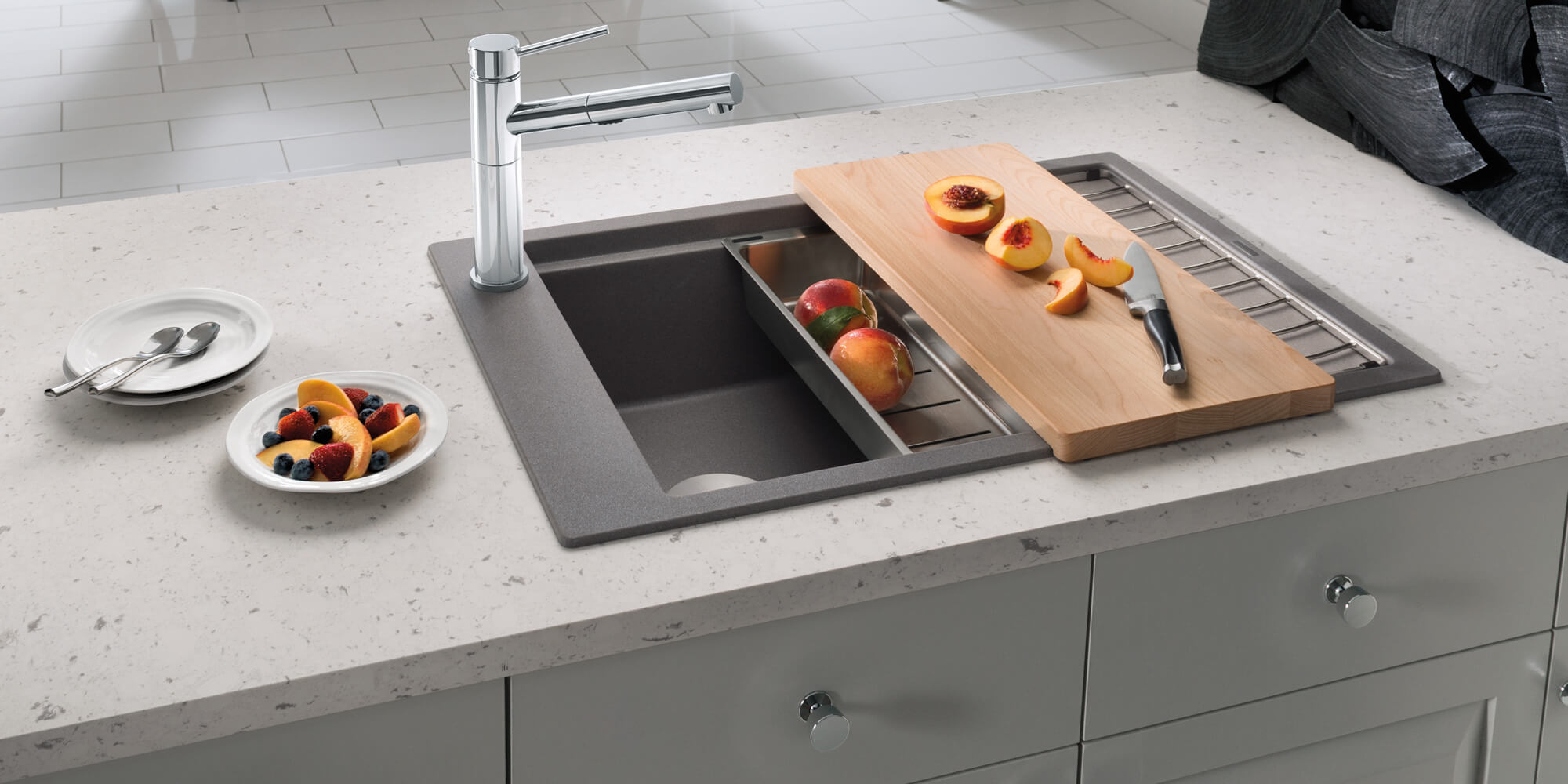How to Unclog a Kitchen Sink Drain
Dealing with a clogged kitchen sink drain can be a frustrating and messy task. Not only does it prevent you from using your sink, but it can also lead to unpleasant odors and potential plumbing issues if left untreated. Luckily, there are several methods you can try to unclog your kitchen sink drain and get your sink back to working condition.
If you have a plunger on hand, this can be a useful tool for unclogging a kitchen sink drain. Simply place the plunger over the drain and push down and up repeatedly to create suction. This suction can help to dislodge any blockages in the drain. If this doesn't work, you can also try using a plumbing snake to physically remove the clog from the drain.
Another option is to use a mixture of baking soda and vinegar to dissolve the clog. Simply pour half a cup of baking soda down the drain, followed by half a cup of vinegar. Let the mixture sit for about 15 minutes, then flush it with hot water. The combination of baking soda and vinegar can help to break down and remove the clog.
For tougher clogs, you may need to use a chemical drain cleaner. These cleaners can be effective in breaking down and removing stubborn clogs, but they can also be harsh on your pipes and should be used with caution. Be sure to follow the instructions carefully and wear protective gear when using a chemical drain cleaner.
How to Install a Kitchen Sink Drain
If you're installing a new kitchen sink or replacing an old one, you'll need to know how to install a kitchen sink drain. The first step is to remove the old drain and clean the area where the new drain will be installed. Then, you'll need to assemble the new drain by attaching the strainer and gasket to the bottom of the sink. Next, apply plumber's putty around the bottom of the strainer to create a watertight seal. Finally, install the drain by tightening the locknut and attaching the tailpiece to the strainer. Be sure to test for leaks before using your sink.
How to Replace a Kitchen Sink Drain
If you have a damaged or leaking kitchen sink drain, you may need to replace it. The first step is to remove the old drain by loosening the locknut and disconnecting the tailpiece. Next, clean the area where the new drain will be installed. Then, follow the same steps as installing a new drain, including applying plumber's putty and tightening the locknut. Finally, test for leaks and make any necessary adjustments.
How to Clean a Kitchen Sink Drain
Regularly cleaning your kitchen sink drain can help prevent clogs and keep your sink smelling fresh. One simple method is to pour a pot of boiling water down the drain once a week to help flush away any buildup. You can also make a cleaning solution by mixing equal parts baking soda and salt, then pouring it down the drain followed by hot water. For a more thorough clean, you can also use a drain brush or pipe cleaner to remove any debris or buildup from the drain.
How to Fix a Clogged Kitchen Sink Drain
If your kitchen sink drain is already clogged, there are a few methods you can try to fix it. One option is to use a plunger or plumbing snake to physically remove the clog. Another option is to use a chemical drain cleaner, but be sure to follow the instructions carefully and use protective gear. You can also try the baking soda and vinegar method mentioned earlier. For tougher clogs, you may need to call a professional plumber for assistance.
How to Clear a Kitchen Sink Drain
If your kitchen sink drain is draining slowly or has a foul odor, it may be time to clear it out. The first step is to remove any visible debris from the drain, such as food scraps. Next, pour a pot of boiling water down the drain to help loosen any buildup. You can also use a mixture of baking soda and vinegar to help dissolve any clogs. For a deeper clean, you can also use a drain brush or pipe cleaner to remove any buildup from the inside of the drain.
How to Snake a Kitchen Sink Drain
A plumbing snake, also known as an auger, can be a useful tool for removing clogs from your kitchen sink drain. To use a snake, insert the end with the auger into the drain and slowly rotate it while pushing it further into the drain. This will help to break up and remove any clogs. Once you feel the snake hit the clog, rotate it back and forth to help break it up. Then, pull out the snake and flush the drain with hot water.
How to Use a Plunger on a Kitchen Sink Drain
A plunger can also be a useful tool for clearing a clogged kitchen sink drain. To use a plunger, place the rubber end over the drain and push down and up repeatedly to create suction. The suction can help to dislodge any blockages in the drain. Be sure to use a plunger specifically designed for sinks, as a toilet plunger will not be effective.
How to Prevent Kitchen Sink Drain Clogs
The best way to deal with a clogged kitchen sink drain is to prevent it from happening in the first place. Some simple ways to prevent clogs include regularly cleaning your drain, using a sink strainer to catch food scraps, and avoiding pouring fats, oils, and grease down the drain. You can also try pouring a pot of boiling water down the drain once a week to help prevent buildup.
How to Troubleshoot a Slow Kitchen Sink Drain
If your kitchen sink drain is draining slowly, there may be an underlying issue that needs to be addressed. Some common causes of slow drains include clogs, damaged pipes, or issues with the plumbing vent. If you've tried the methods mentioned above and your drain is still slow, it may be time to call a professional plumber to troubleshoot and fix the issue.
The Importance of Kitchen Sink Drains in Room Design

Efficiency and Functionality
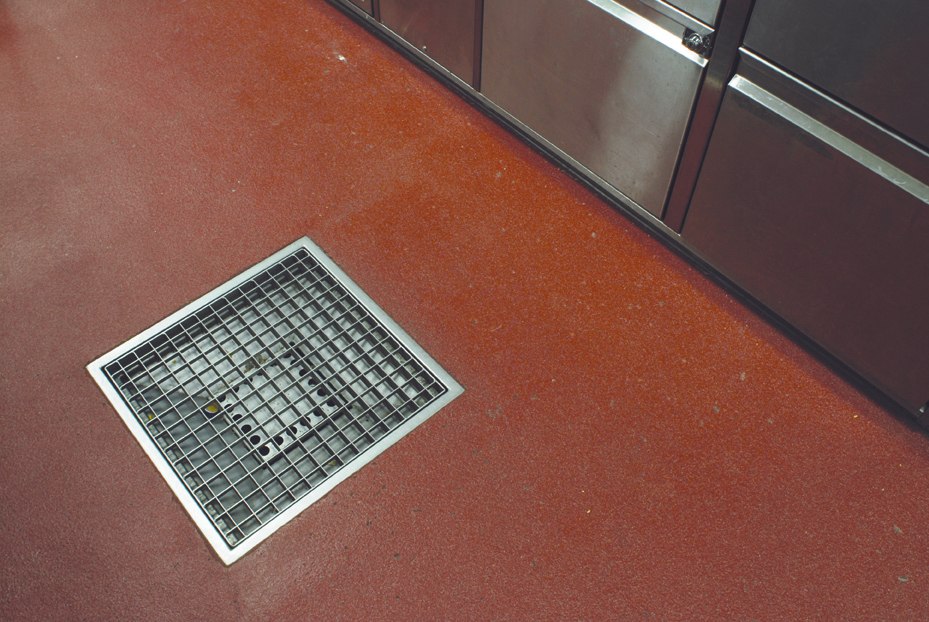 When designing a room, every detail matters. This includes the often-overlooked element of kitchen sink drains. While they may seem like a small and insignificant aspect,
kitchen sink drains
are an essential part of any well-designed room. In fact, they can greatly impact the efficiency and functionality of your kitchen and bathroom spaces.
When designing a room, every detail matters. This includes the often-overlooked element of kitchen sink drains. While they may seem like a small and insignificant aspect,
kitchen sink drains
are an essential part of any well-designed room. In fact, they can greatly impact the efficiency and functionality of your kitchen and bathroom spaces.
Preventing Clogs and Blockages
:max_bytes(150000):strip_icc()/how-to-install-a-sink-drain-2718789-hero-24e898006ed94c9593a2a268b57989a3.jpg) One of the main functions of a kitchen sink drain is to prevent clogs and blockages. Without a properly installed and functioning drain, you may find yourself dealing with frequent backups and standing water in your sink. This not only creates a nuisance, but it can also lead to more serious plumbing issues down the line. By investing in a high-quality
kitchen sink drain
, you can avoid these problems and keep your kitchen running smoothly.
One of the main functions of a kitchen sink drain is to prevent clogs and blockages. Without a properly installed and functioning drain, you may find yourself dealing with frequent backups and standing water in your sink. This not only creates a nuisance, but it can also lead to more serious plumbing issues down the line. By investing in a high-quality
kitchen sink drain
, you can avoid these problems and keep your kitchen running smoothly.
Enhancing Aesthetics
 Aside from functionality,
kitchen sink drains
can also play a role in the overall aesthetic of your room. With a wide variety of designs and finishes available, you can choose a drain that complements your kitchen or bathroom's style. From sleek and modern to classic and traditional, there is a
kitchen sink drain
to suit every design preference.
Aside from functionality,
kitchen sink drains
can also play a role in the overall aesthetic of your room. With a wide variety of designs and finishes available, you can choose a drain that complements your kitchen or bathroom's style. From sleek and modern to classic and traditional, there is a
kitchen sink drain
to suit every design preference.
Proper Installation for Optimal Performance
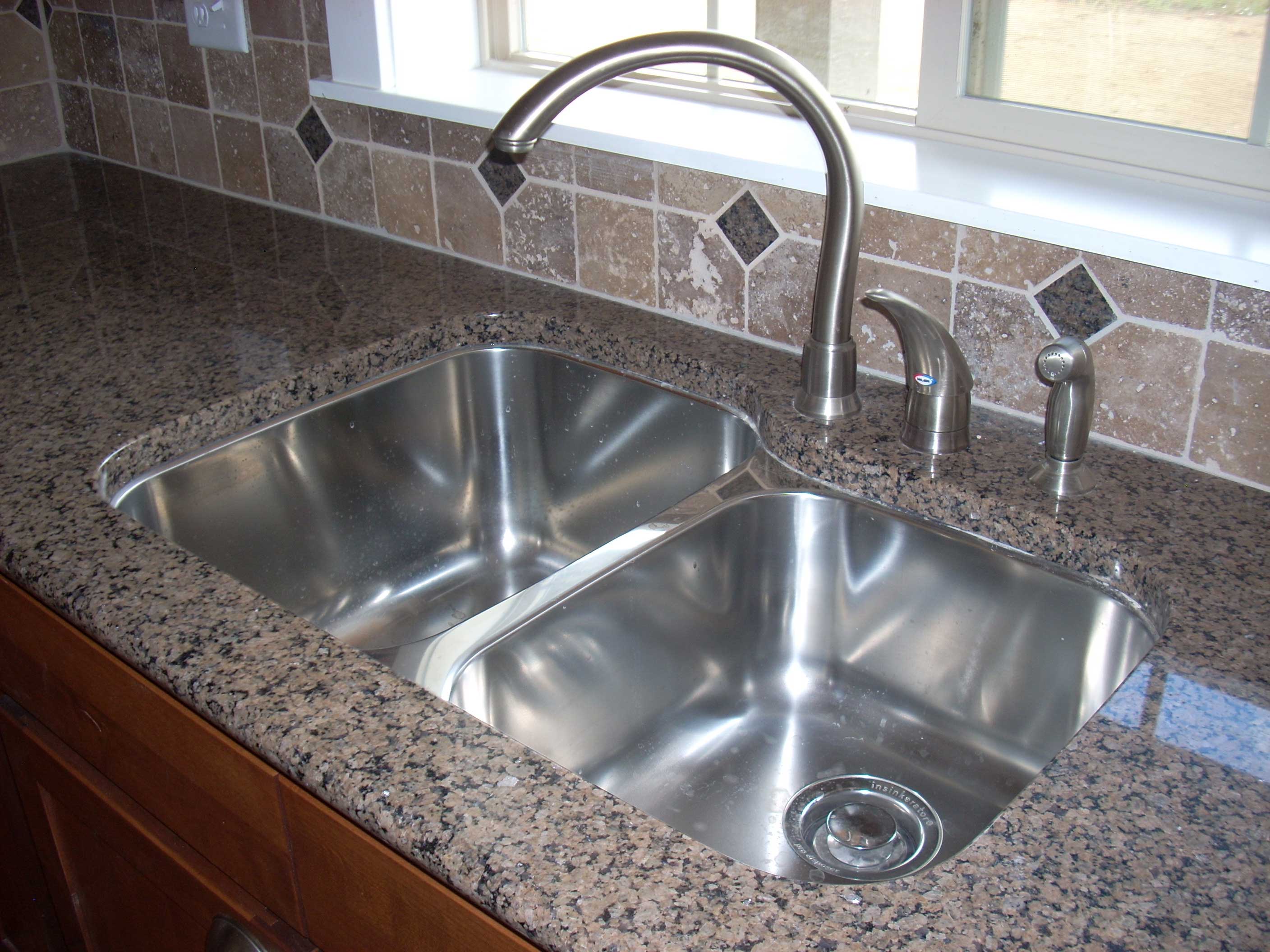 To ensure your
kitchen sink drain
functions properly, it is important to have it installed correctly. Improper installation can lead to leaks, slow draining, and other issues. It is best to hire a professional plumber to install your drain to ensure it is done correctly. Additionally, regular maintenance and cleaning can also help keep your drain performing at its best.
To ensure your
kitchen sink drain
functions properly, it is important to have it installed correctly. Improper installation can lead to leaks, slow draining, and other issues. It is best to hire a professional plumber to install your drain to ensure it is done correctly. Additionally, regular maintenance and cleaning can also help keep your drain performing at its best.
Conclusion
/how-to-install-a-sink-drain-2718789-hero-b5b99f72b5a24bb2ae8364e60539cece.jpg) In conclusion,
kitchen sink drains
may not be the most exciting aspect of room design, but they are certainly an important one. From improving efficiency and preventing clogs to enhancing aesthetics, these small details can make a big impact. So next time you are designing a room, don't forget to give some thought to your
kitchen sink drain
and the role it plays in creating a functional and beautiful space.
In conclusion,
kitchen sink drains
may not be the most exciting aspect of room design, but they are certainly an important one. From improving efficiency and preventing clogs to enhancing aesthetics, these small details can make a big impact. So next time you are designing a room, don't forget to give some thought to your
kitchen sink drain
and the role it plays in creating a functional and beautiful space.




:max_bytes(150000):strip_icc()/freshen-and-unclog-drain-with-baking-soda-1900466-22-bbf940b70afa4d5abef0c54da23b1d3f.jpg)













:max_bytes(150000):strip_icc()/how-to-install-a-sink-drain-2718789-04-5715d67f5b7d41429d42bf705bb70e2c.jpg)


















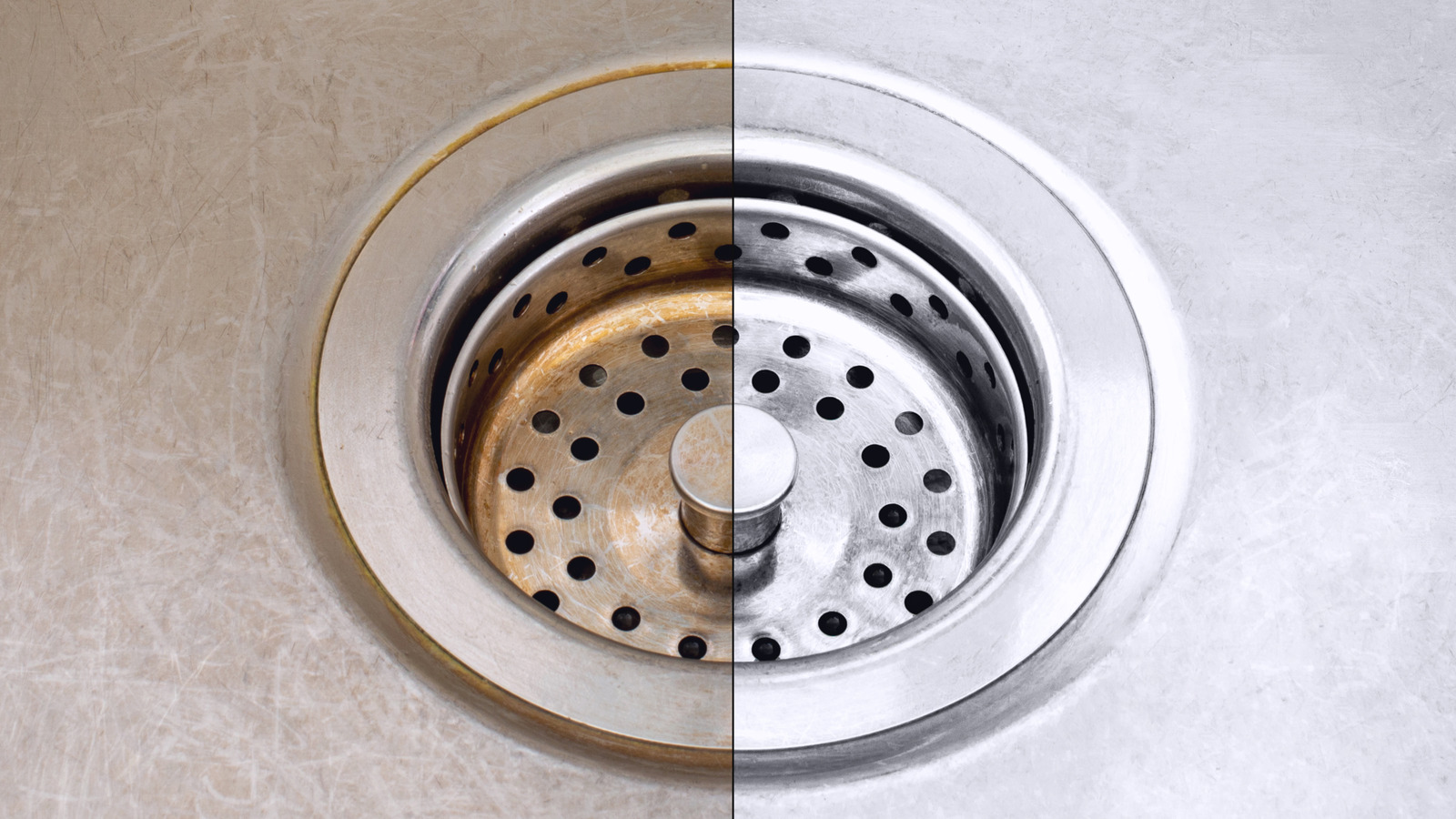
:max_bytes(150000):strip_icc()/how-to-clean-a-kitchen-sink-and-drain-01-5660035-a1d8afe3894346f9a579e66c55e64b7d.jpg)
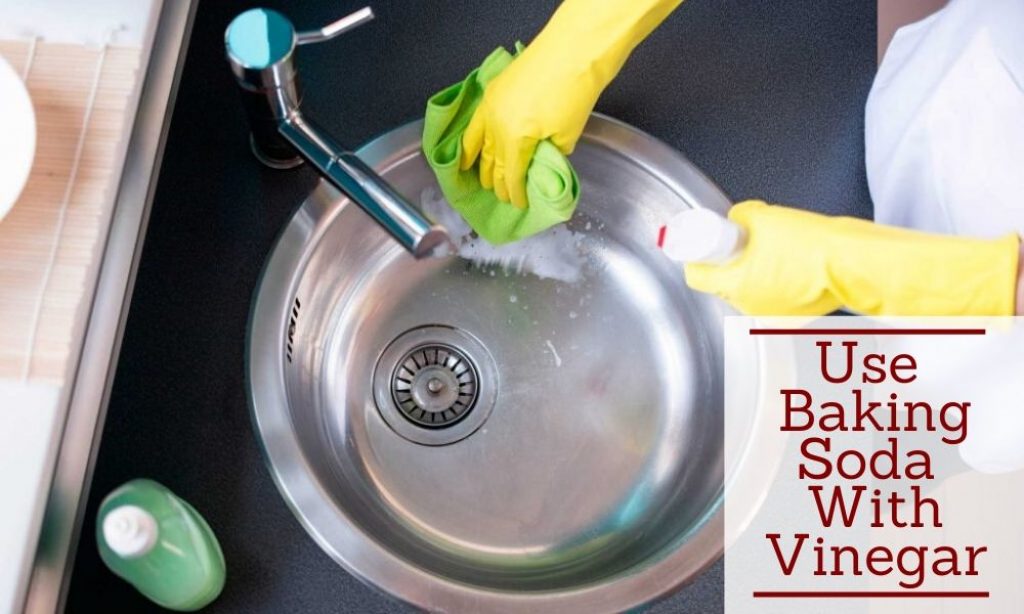





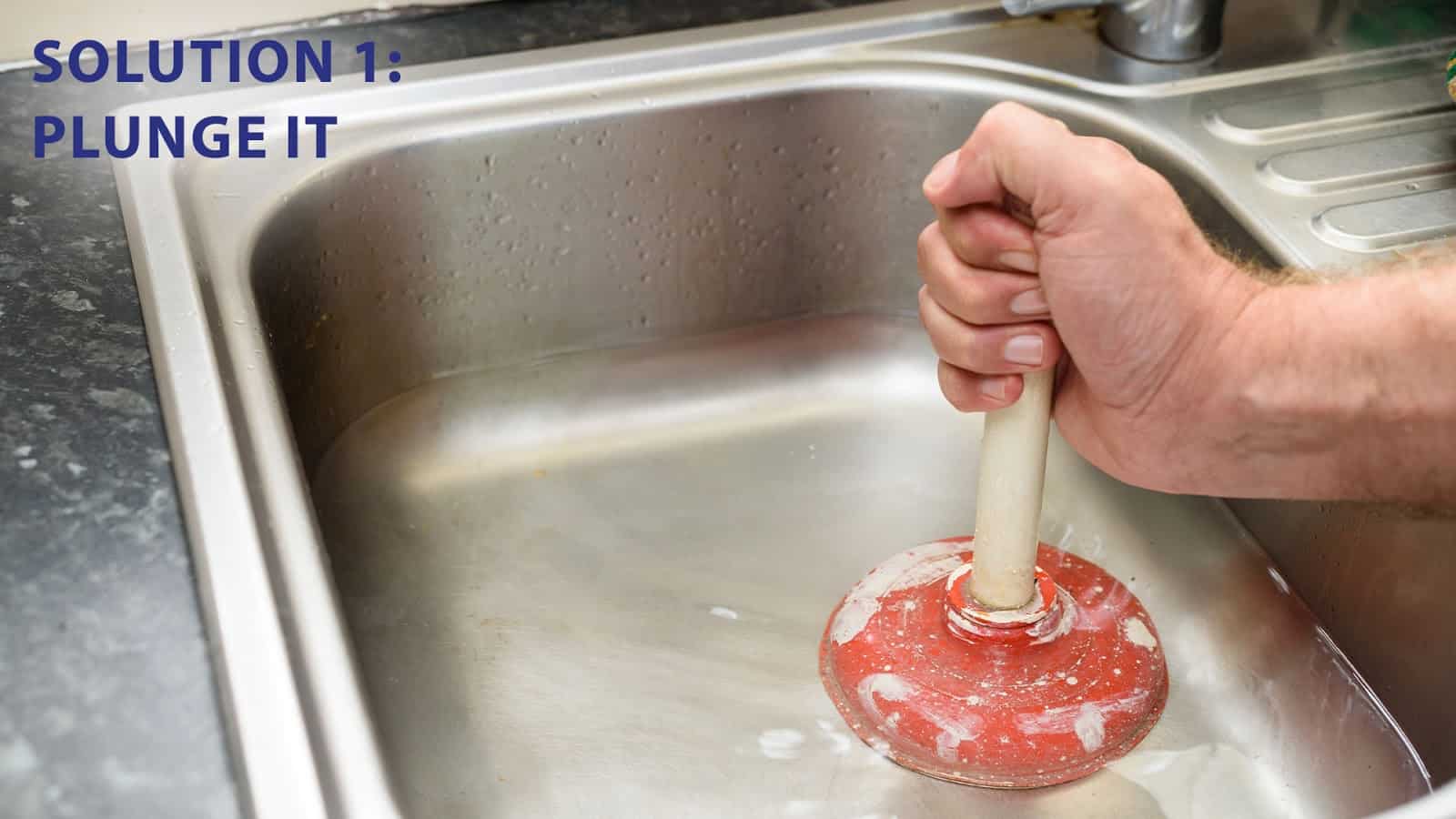






:max_bytes(150000):strip_icc()/freshen-and-unclog-drain-with-baking-soda-1900466-22-bbf940b70afa4d5abef0c54da23b1d3f.jpg)

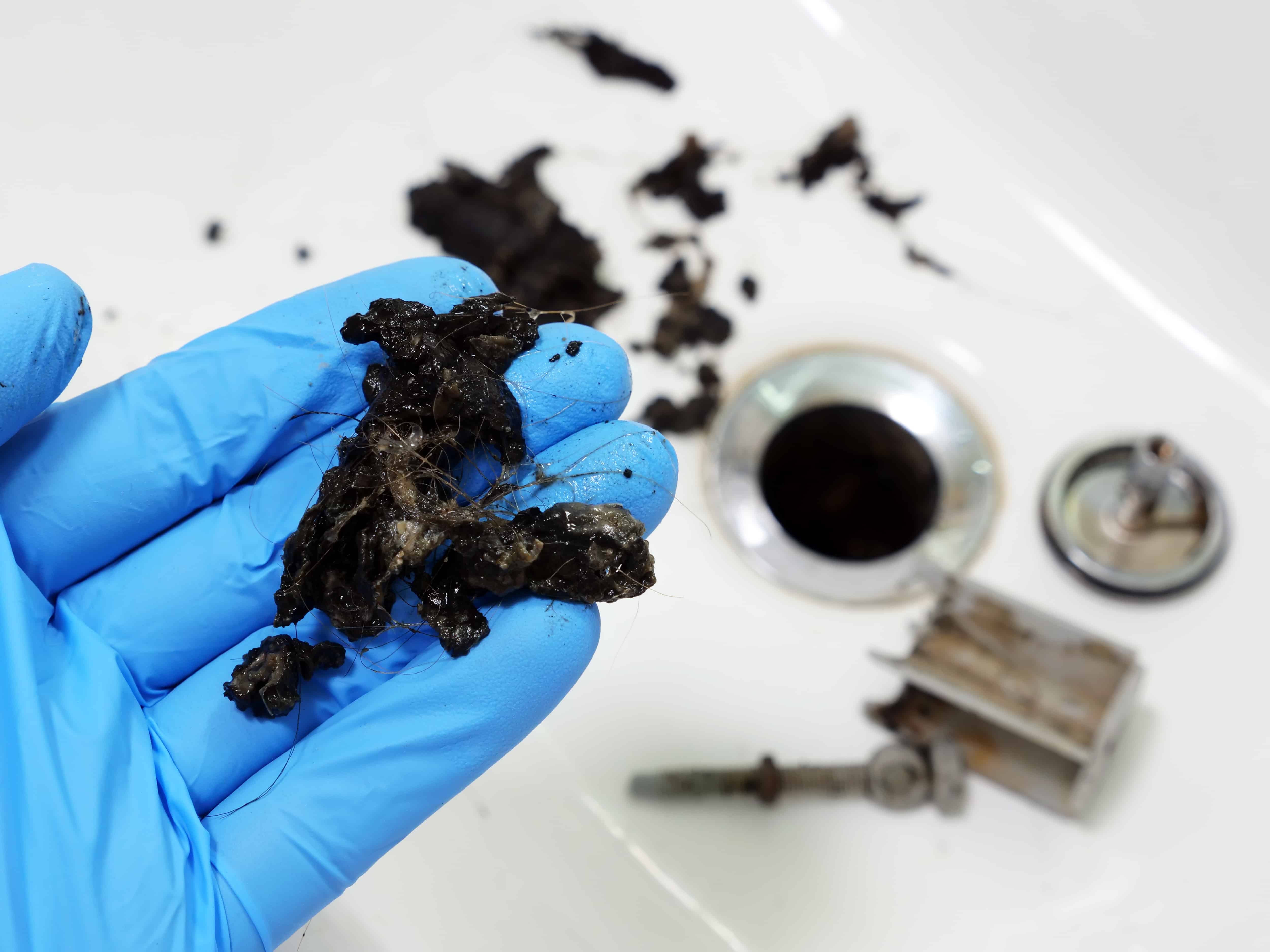
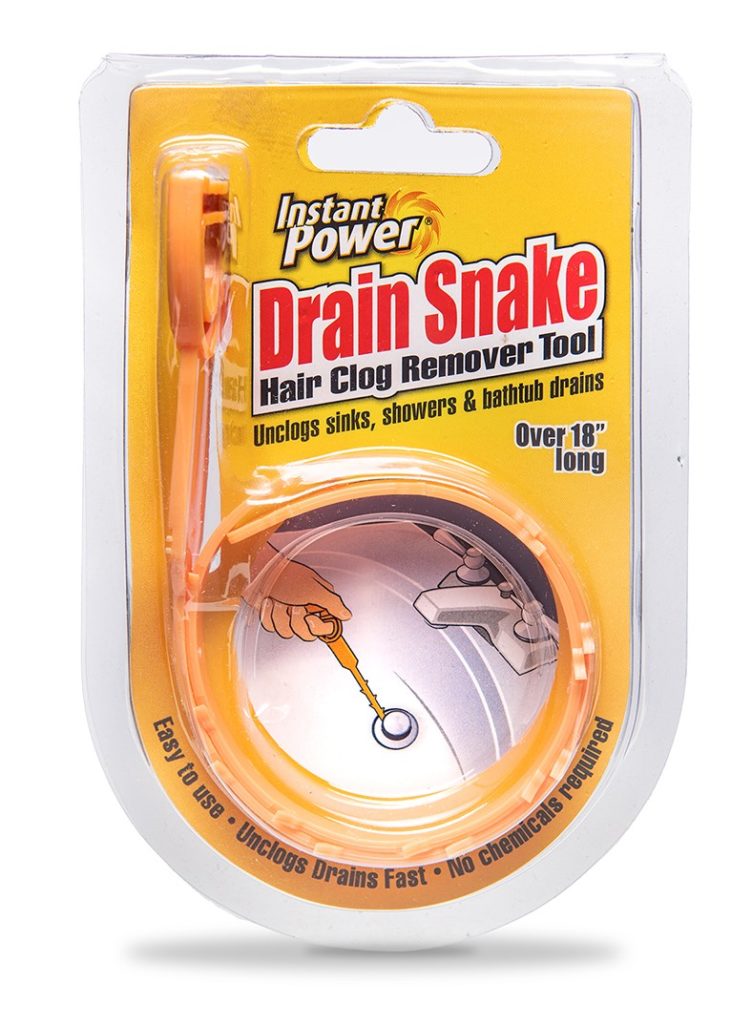










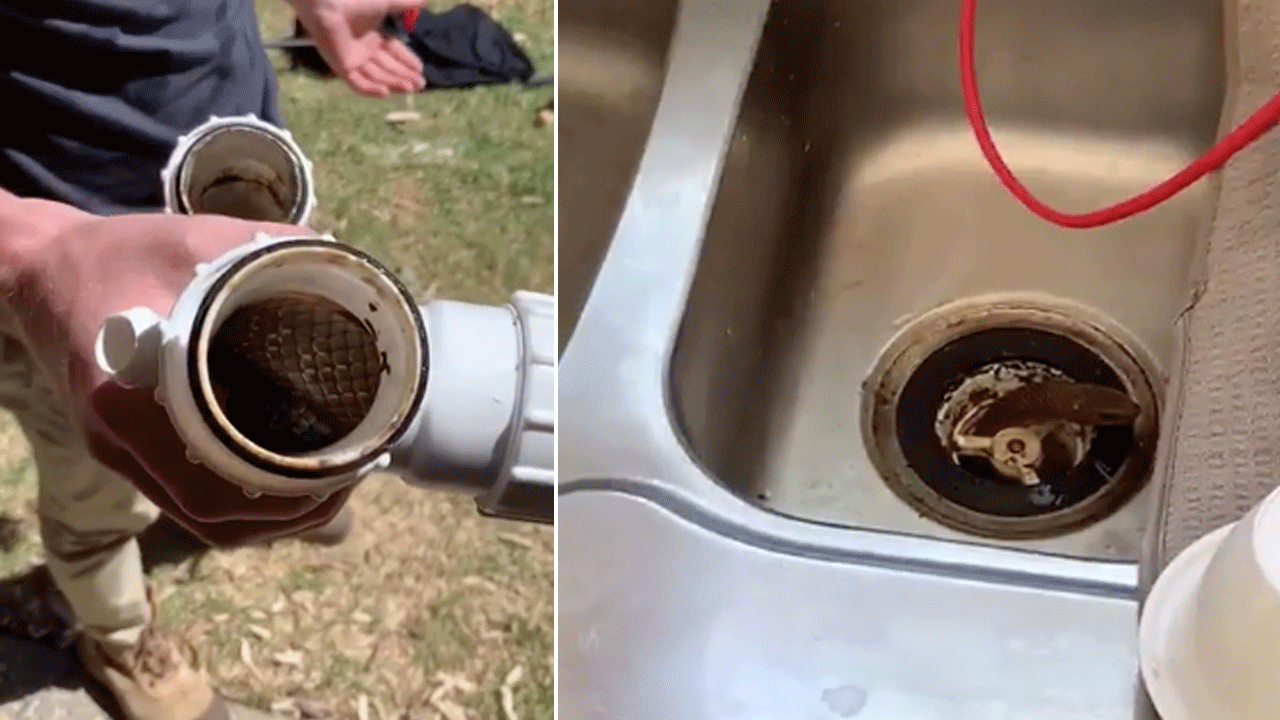


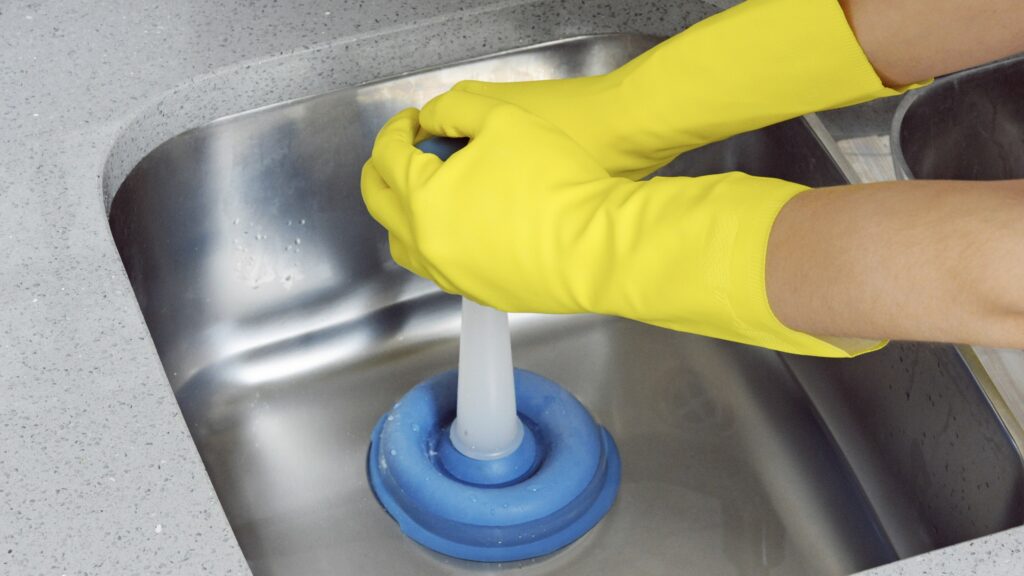





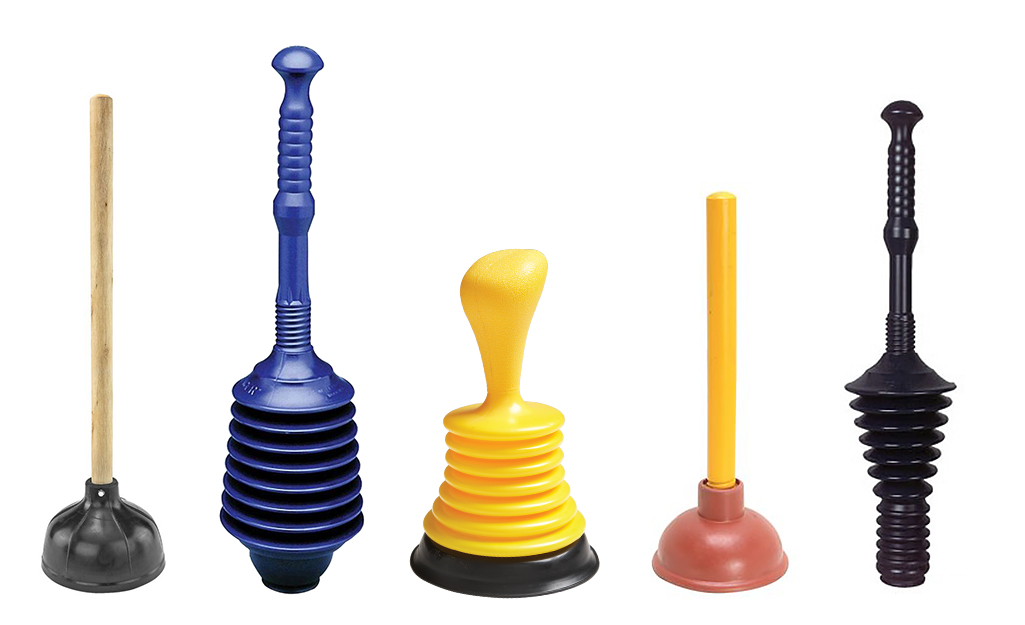


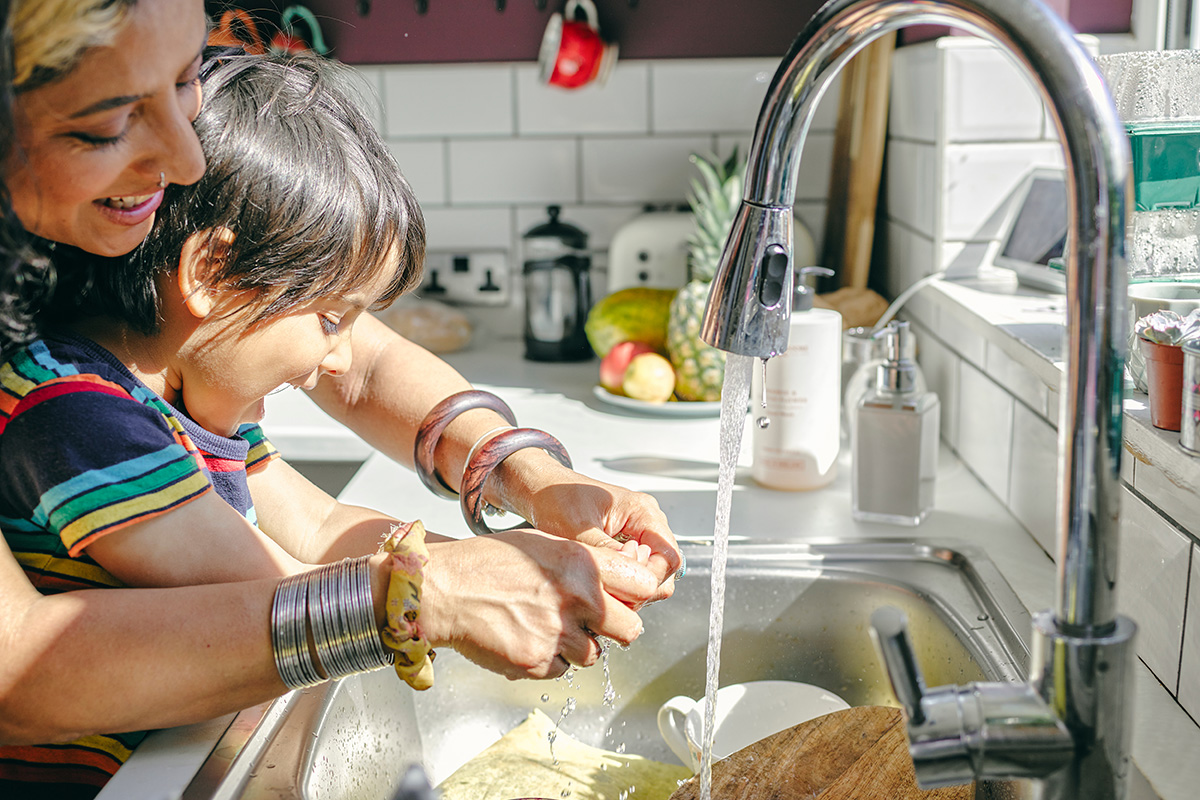

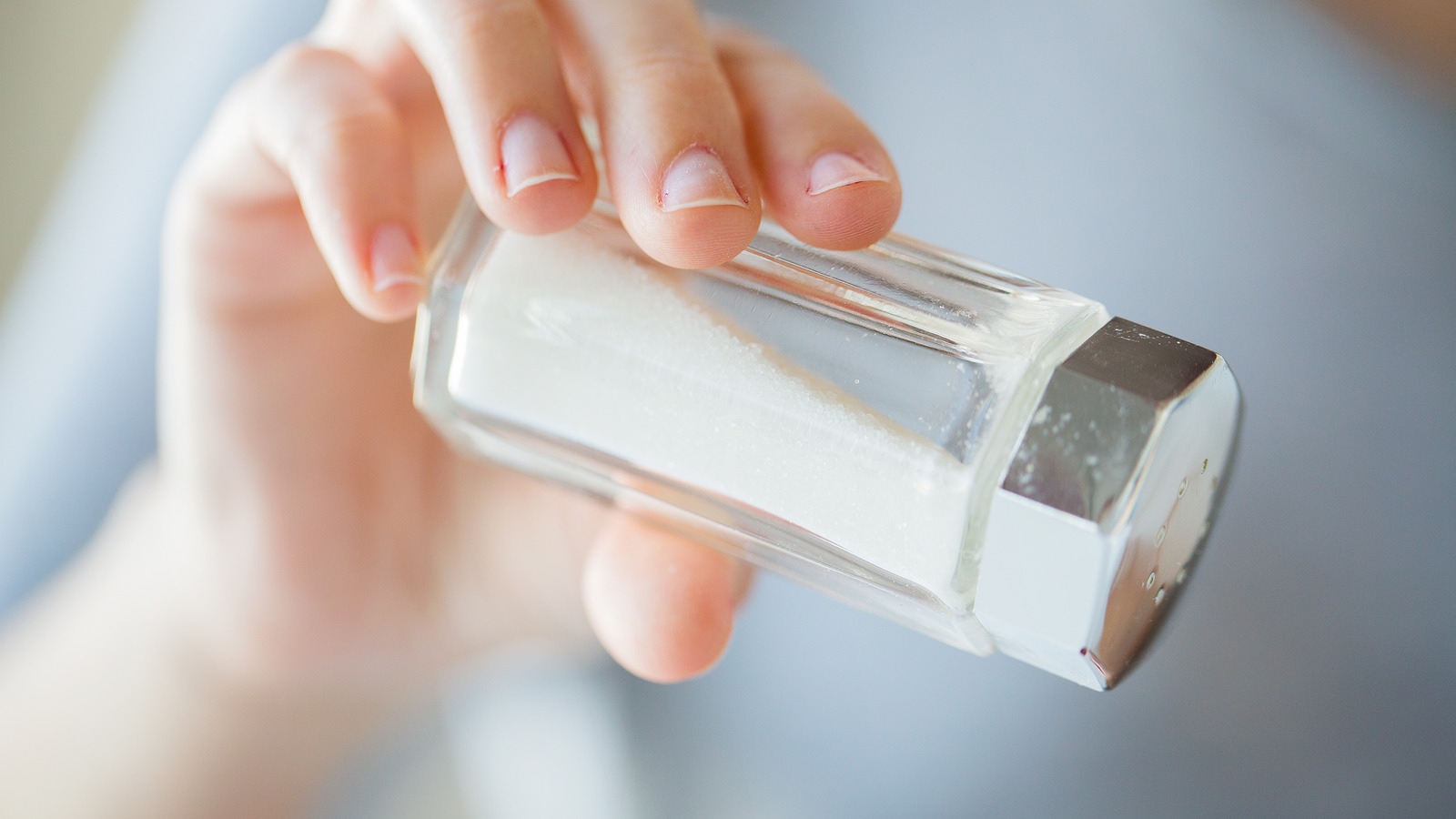







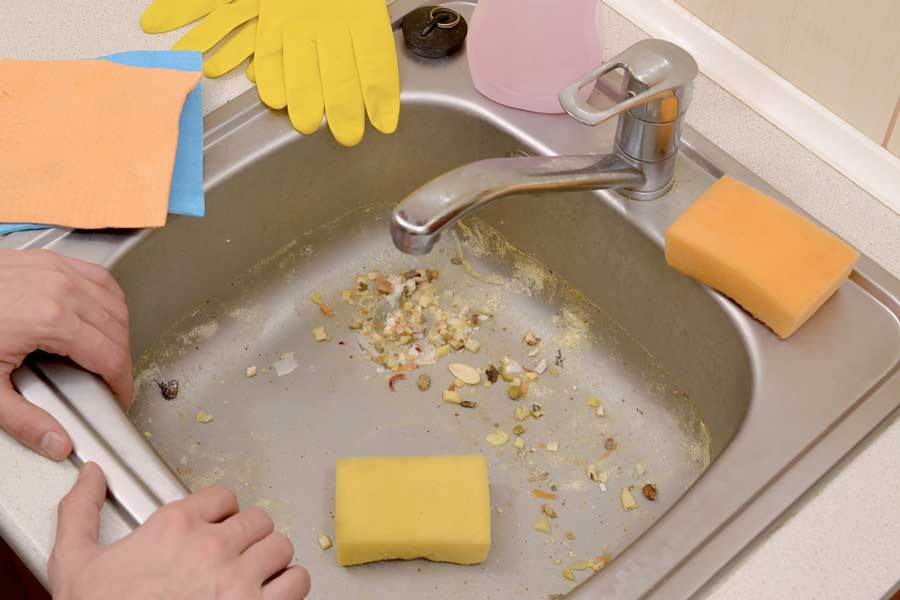


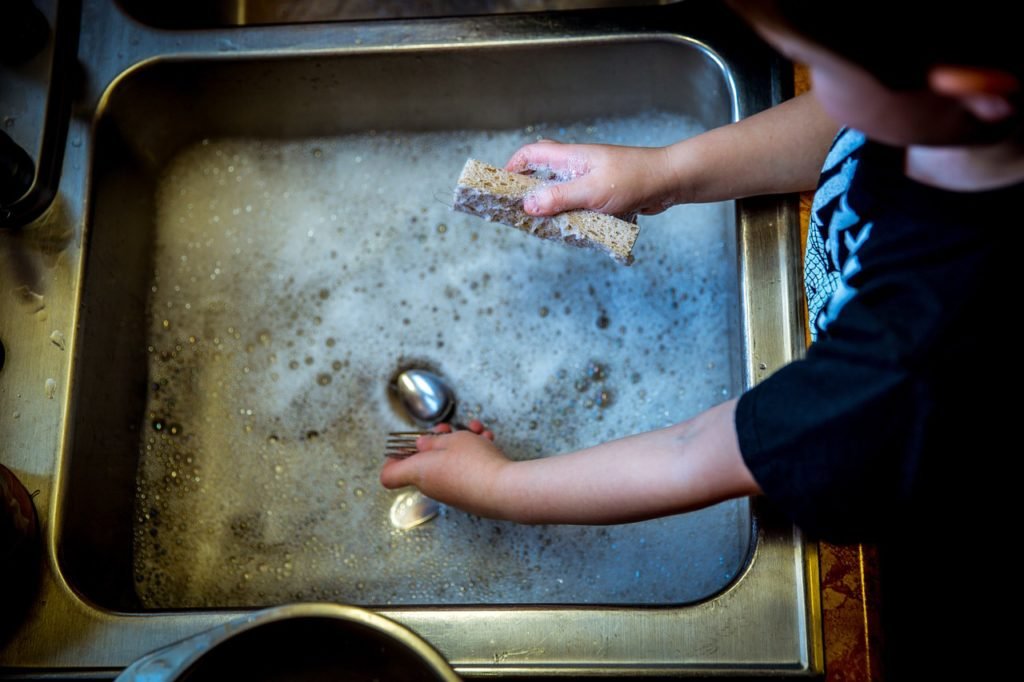
:max_bytes(150000):strip_icc()/what-to-do-dishwasher-not-draining-2718653-02-10248555741f43b9b1d8ee842f5736e6.jpg)





